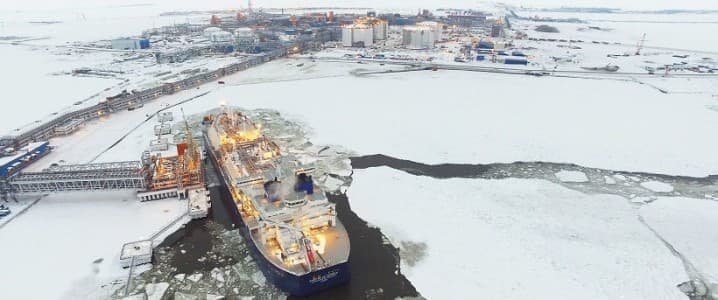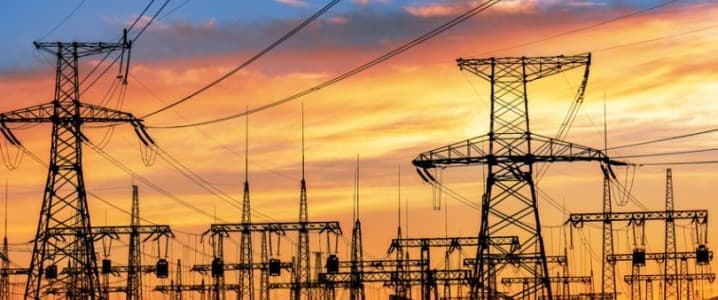Now Reading: U.S., Russia In Quiet Talks to Bring Russian Gas Back to Europe
-
01
U.S., Russia In Quiet Talks to Bring Russian Gas Back to Europe
U.S., Russia In Quiet Talks to Bring Russian Gas Back to Europe

According to an exclusive report by Reuters on Thursday, U.S. and Russian officials are quietly exploring options to resume Russian natural gas supplies to Europe, potentially altering post-Ukraine war energy dynamics significantly. The discussions, in early stages, are tied to ongoing peace talks and may include U.S.-backed arrangements to aid pipeline transit through Ukraine or the Nord Stream infrastructure. Following the 2022 invasion, Europe’s reliance on Russian gas dropped from 40% to 19%, leading to reduced Gazprom exports and increased LNG deals at higher costs. However, with gas prices stabilizing and European consumers concerned about inflation, practical energy considerations could outweigh geopolitical factors. The European Commission recently revealed plans to eliminate European dependence on Russian gas by banning all imports by the end of 2027. European Commissioner for Energy, Dan Jorgensen, emphasized the need to prevent Russia from using energy as a weapon. In response, the Kremlin warned that such a move would harm Europe. Questions remain about Europe’s ability to completely halt Russian gas imports, with legal hurdles potentially complicating contract cancellations with Gazprom. Meanwhile, Ukraine has signed a minerals deal with the U.S., granting American companies priority access to key resources for defense and green technology. This agreement also includes a reconstruction fund, linking resource extraction with long-term development and Western ties. These developments highlight the complex interplay of energy, finance, and geopolitics, with the potential reentry of Russian gas into Europe impacting global LNG prices and U.S. export competitiveness. The minerals pact offers U.S. investors a stake in Eastern Europe’s growth prospects. These events signal a changing energy landscape, emphasizing the need for investors to monitor shifting flows and capital movements closely.



